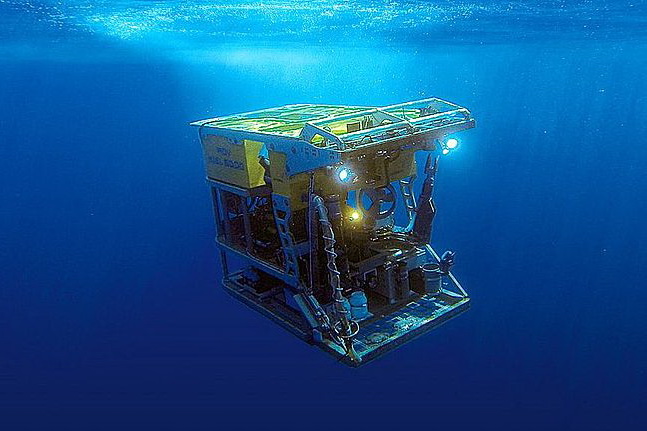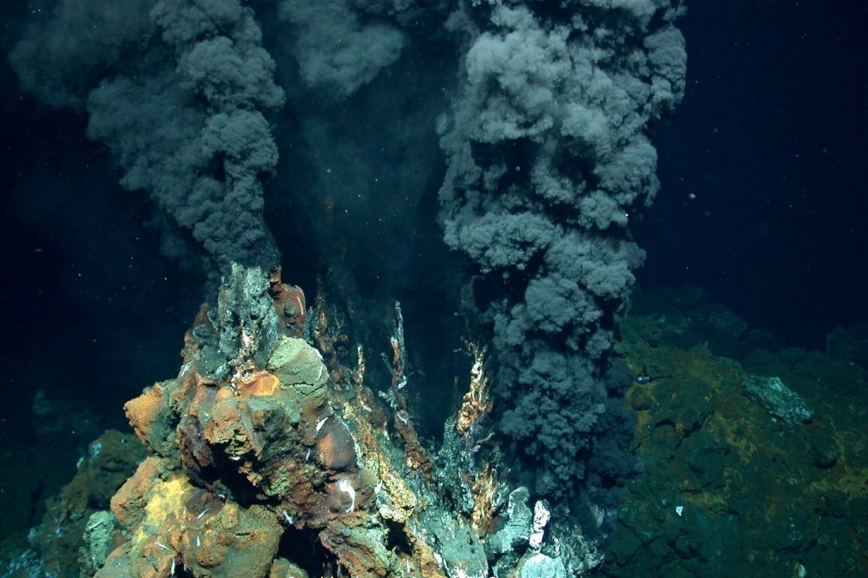«The true resource potential of SMS occurrences cannot be estimated,” says Sven Petersen of GEOMAR Helmholtz Centre for Ocean Research Kiel, Germany.
The simple reason, explains Petersen, is that only a handful of the sites has been drilled, and that even fewer have been drilled to the basement and/or with a drill-spacing that would allow a proper resource assessment.
Seafloor hydrothermal systems or seafloor massive sulphides (SMS) are formed by precipitation of predominantly sulphide minerals around hydrothermal vents where high temperature, metal- and sulphur rich fluids mix with cold seawater.
“They have recently become a target of increased global exploration activity due to their presumed resource potential”, says Petersen who will give a key note entitled “Geological Settings, Distribution, and Resource Potential of SMS occurrences at slow-spreading ridges” at the NCS Exploration – Deep Sea Minerals conference in Bergen, October 19-21.
“Spreading rate tends to be one of the major factors affecting the accumulation, distribution, and ultimately the resource potential of seafloor massive sulphides at spreading centres, as accumulations on fast-spreading ridges tend to be abundant but small, while fewer and larger deposits are located on the slow-spreading ridges,” says Petersen.
To date, over 415 hydrothermal occurrences hosting massive sulphides or of sufficiently high vent fluid temperature to carry sulphides to the near-subseafloor are known. Most of these occurrences are, however, hydrothermally active and tend to be in an early stage of development and are therefore commonly quite small. Additionally, they commonly host chemosynthetic faunal communities that will likely receive strong protection by the regulation of mining activities.
“Hence, inactive and/or extinct sites, that have gone through a full life cycle of metal deposition, where hydrothermal activity has ceased, and where associated high-temperature vent communities have disappeared, are seen as the more reasonable mining target,” says Petersen.
Petersen emphasizes, however, that inactive systems will be more difficult to locate as they lack a prominent water column signature.
“Due to the overall increased tectonic activity at slow-spreading ridges when compared to the magmatically robust fast-spreading ridges, many of the SMS occurrences that formed at slower spreading rates are associated with deep-reaching faults that are commonly located at some distance to the neovolcanic zone. The presence of such large-scale faulting has been suggested to be responsible for long-lived and even periodic hydrothermal activity at some sites, possibly explaining why most of the large known SMS occurrences are located at slow-spreading ridges,” explains Petersen.
One of the main lessons learned from Sven Petersen’s talk is this: An enrichment of copper and gold and other trace metals is apparent in many of the sites associated with slower spreading rates, and because slow- and ultra-slow spreading ridges constitute a major portion of the global ridge system (36% and 24% of the global ridge length, respectively) that is still under-explored, they represent an enormous, underexplored area.


